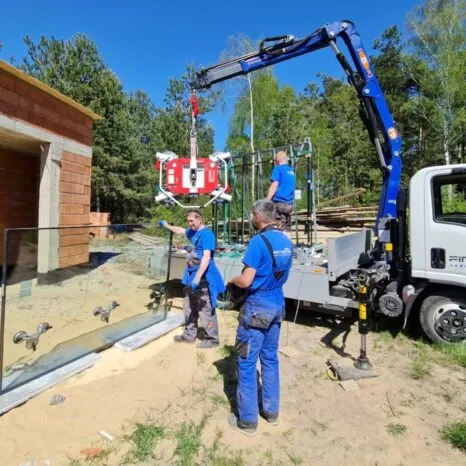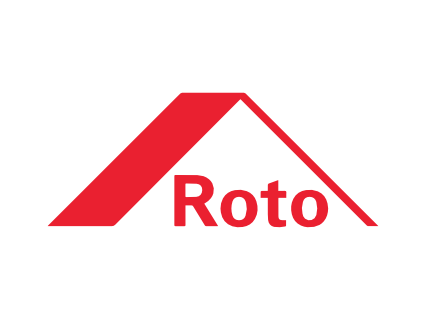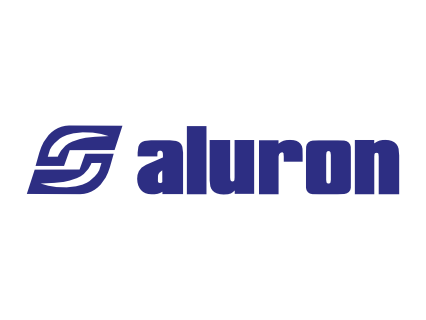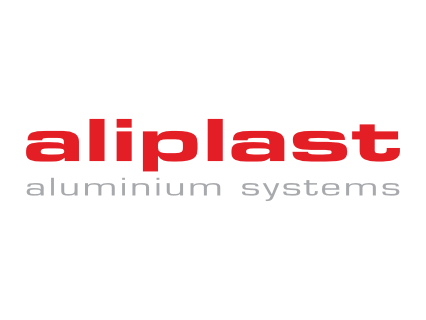
There is a current trend where the most fashionable thing in construction, both residential and office, is large glazing. Interestingly, the best material for such large windows is aluminium. Thanks to aluminium, architects and investors alike can let their imagination run wild and design huge windows in rooms, often even covering an entire wall! What’s more, aluminium blends in perfectly with simple yet modern shapes, making it a fashionable element in the construction industry.
It is worth mentioning that aluminium window joinery has not always been so popular. Until recently, it was regarded as cold joinery, and there was a lot of truth in that. Therefore, whilst aluminium was used in warehouses, offices and shops, it was not used in single-family homes. Nowadays, the situation is quite different – of course, aluminium does not feel as ‘warm’ as wood and, when the frame comes into contact with a warm hand, it will feel cooler than, say, pine. This is all due to the fact that aluminium does not have as much ability to absorb heat. However, we should add that in reality its temperature will often be the same as that of the aforementioned wood.
The bottom line here is that modern aluminium profiles are absolutely no worse insulated than wooden or, even more so, plastic ones. On the contrary, modern aluminium window profiles are distinguished by the best thermal performance and are often used in the construction of passive houses. As a result, the price of aluminium windows and doors has risen considerably in recent years, and we currently have to pay more for them than for wooden windows!
The most important parameter of an aluminium window
It will come as no surprise to learn that modern windows are primarily intended to be ‘warm’. This means that they are not supposed to allow warm air to escape from the house. This parameter is described by the heat transfer coefficient Uw, which gives us the answer to the question of how much heat escapes through the window due to the difference in external and internal temperatures.
According to the regulations, from 2021 onwards, the Uw value of a vertical window must not exceed 0.9 W/(m2*K). However, it is worth mentioning that each of the two basic elements that make up a window, namely the frame and the glazing, have a different thermal transmittance. Consequently, the thermal transmittance of the glazing Ug is lower than that of the profile Uf, which makes the glazing a warmer window element. Uw is, in turn, only the resultant of the two values we mentioned.
Aluminium profiles the most expensive on the market
The window profile, or window frame, can be made mainly from three different materials: plastic, i.e. PVC, wood and aluminium. Plastic profiles are the most common and the most economical. Laminated timber frames are valued for their naturalness and rigidity, which is particularly important for larger patio windows. However, they are more expensive, heavier and require regular maintenance. Aluminium profiles, on the other hand, although they have the highest cost, are the most rigid, durable and maintenance-free. This is why their share of the market is steadily increasing, although due primarily to their high price, they still do not exceed a few percent.
In the case of residential construction, so-called ‘warm’ aluminium profiles are becoming increasingly popular. This means that the profile construction consists of two metal sections, joined by a thermal plastic insert, such as glass fibre-reinforced polyamide. Such a profile generally has three or four chambers, with additional polymer foam filling in the middle chamber.
Aluminium profiles are also characterised by the greatest stability among the materials used for windows. They are lightweight and durable, making them the best choice for the installation of large and heavy glazing. A typical frame can hold burglar-proof glass packages weighing as much as 50-60 kg/m2! In addition, aluminium is easily mouldable, allowing the creation of a variety of window shapes, such as rectangular, round or arched. Thanks to its high stability and strength, the profile can be relatively narrow, allowing for large glazings with almost no visible frame.
Advantages of aluminium windows
The benefits of aluminium windows significantly outweigh any disadvantages of this type of joinery. After all, aluminium windows are regarded as some of the most durable on the market. Their versatility is evident in the wide range of colours available, allowing them to be easily matched to a building’s interior or facade. In addition, it is worth mentioning a few key advantages, which include, above all:
- Lightweight aluminium windows
The low weight of aluminium windows, compared to other materials, is a significant advantage. This, in turn, enables them to be installed in virtually any location. They are ideal, for example, for use as roof and façade windows and in modern modular construction. The narrow profiles and properties of aluminium contribute to the windows’ low weight.
- High resistance to weathering
Aluminium windows are distinguished by their excellent resistance to weathering. Their surface is anodised, which guarantees effective protection against corrosion. In addition, the material is resistant to rapid changes in temperature, which allows it to remain ductile without expanding under the influence of heat. This ensures comfortable use all year round, regardless of the weather conditions.
- Unusual shapes of aluminium windows
A huge advantage of this type of window is also the possibility of creating unusual shapes, which is ideal in the context of modern architectural style. The flexibility of aluminium in processing allows the production of windows of various dimensions and almost any shape, which will be appreciated especially where glazing plays a key role in aesthetics.
- High rigidity of aluminium window frames
Rigidity is a key feature of aluminium windows, linked to the strength of the material. These properties enable the production of windows and the creation of large glazing, making them frequently used in shopfronts and office buildings.
- Durability and easy maintenance of aluminium windows
Aluminium windows are characterised by exceptional durability, weather resistance and resistance to light mechanical damage. They are rust-resistant and their material is entirely recyclable. In addition, aluminium windows do not absorb water and do not deform. Simple maintenance is limited to regular cleaning with a damp cloth and mild detergent. Every few years, on the other hand, it is recommended to adjust and lubricate the mechanisms.

What are the disadvantages of aluminium windows?
As we have written before, aluminium windows lodz have many more advantages than disadvantages. However, for many investors, especially those with a somewhat limited budget, there are also disadvantages which may effectively dissuade us from choosing aluminium windows. The main disadvantages include:
- High price
This is by far the biggest disadvantage of this type of window. Currently, aluminium window joinery is the most expensive on the market. This is, of course, due to its very good quality and reliability. Admittedly, we can also find cheaper solutions, but then we have to reckon with the fact that the thermal insulation parameters will be at a much lower level.
- No possibility of renovation or repair
If an aluminium frame is dented or badly scratched, the only solution is to replace it with a new one, which unfortunately involves very high costs. The situation is different with wooden windows, where small scratches can often be repaired, while dents are very rare.

